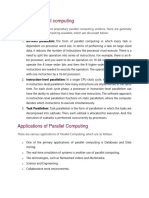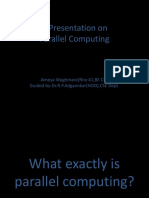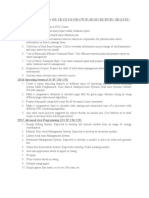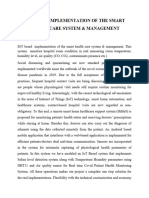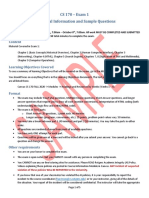0% found this document useful (0 votes)
47 views41 pagesPDC 1
The document provides an introduction to parallel and distributed computing. It discusses key concepts like parallelism, concurrency, and message passing. It explains that parallel computing uses multiple processors simultaneously to perform tasks faster, while distributed computing divides a single task among multiple autonomous computers. The document also outlines prerequisites for the course and provides examples to illustrate parallel and distributed concepts.
Uploaded by
Engr Mir MuhammadCopyright
© © All Rights Reserved
We take content rights seriously. If you suspect this is your content, claim it here.
Available Formats
Download as PDF, TXT or read online on Scribd
0% found this document useful (0 votes)
47 views41 pagesPDC 1
The document provides an introduction to parallel and distributed computing. It discusses key concepts like parallelism, concurrency, and message passing. It explains that parallel computing uses multiple processors simultaneously to perform tasks faster, while distributed computing divides a single task among multiple autonomous computers. The document also outlines prerequisites for the course and provides examples to illustrate parallel and distributed concepts.
Uploaded by
Engr Mir MuhammadCopyright
© © All Rights Reserved
We take content rights seriously. If you suspect this is your content, claim it here.
Available Formats
Download as PDF, TXT or read online on Scribd
/ 41






